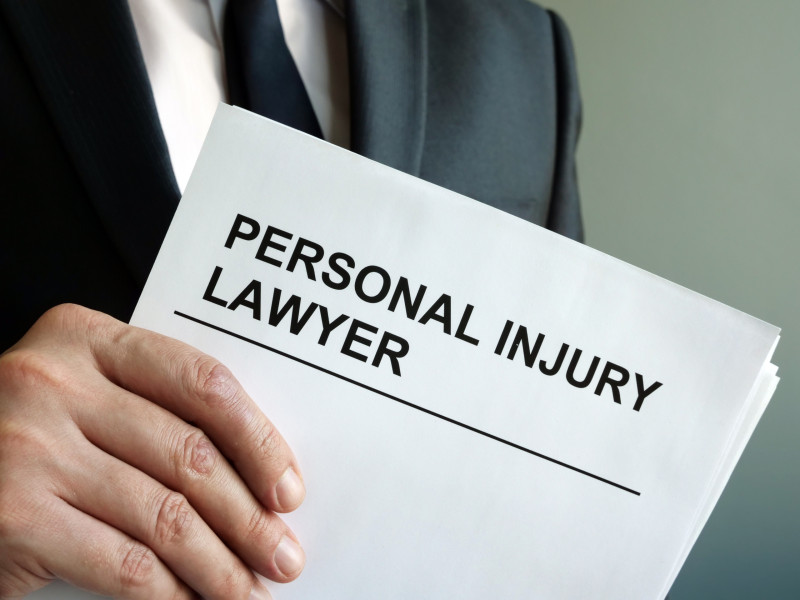As we move deeper into 2025, the landscape for personal injury lawyers and accident attorneys is shifting in ways that could redefine how victims seek justice after mishaps. With around 39.5 million personal injury cases needing medical attention each year in the U.S.—that's about 126 cases per 1,000 folks—the demand for skilled personal injury attorneys remains steady, but hurdles are mounting.
Technology's creeping in everywhere, from AI tools that 37% of these pros now use for case prep to evidence from self-driving cars complicating accident reconstructions. States like Texas rolled out new rules this September, tweaking court procedures and liability in everything from rideshare wrecks to workplace slips. Average bodily injury payouts have climbed 8% since late 2023, hitting insurers harder and sparking fiercer pushback on settlements. Yet, while juries are handing out bigger verdicts—think $831 million in a Texas dram shop case—many victims still grapple with emotional tolls like PTSD, pushing for broader mental health damages that not every personal injury lawyer is quick to chase.
Social media's a double-edged sword too; one careless post can torpedo a claim, making accident attorneys advise clients on digital caution amid rising psychological injury suits. Tort law tweaks in several spots aim to balance corporate shields with fair compensation, but critics say it often favors deep-pocketed defendants. Still, the field's adapting, with firms leaning on tech for efficiency even as old-school negotiation skills hold sway in most settlements.
In this flux, one can't help but ponder if these updates truly level the playing field for everyday folks caught in harm's way.


